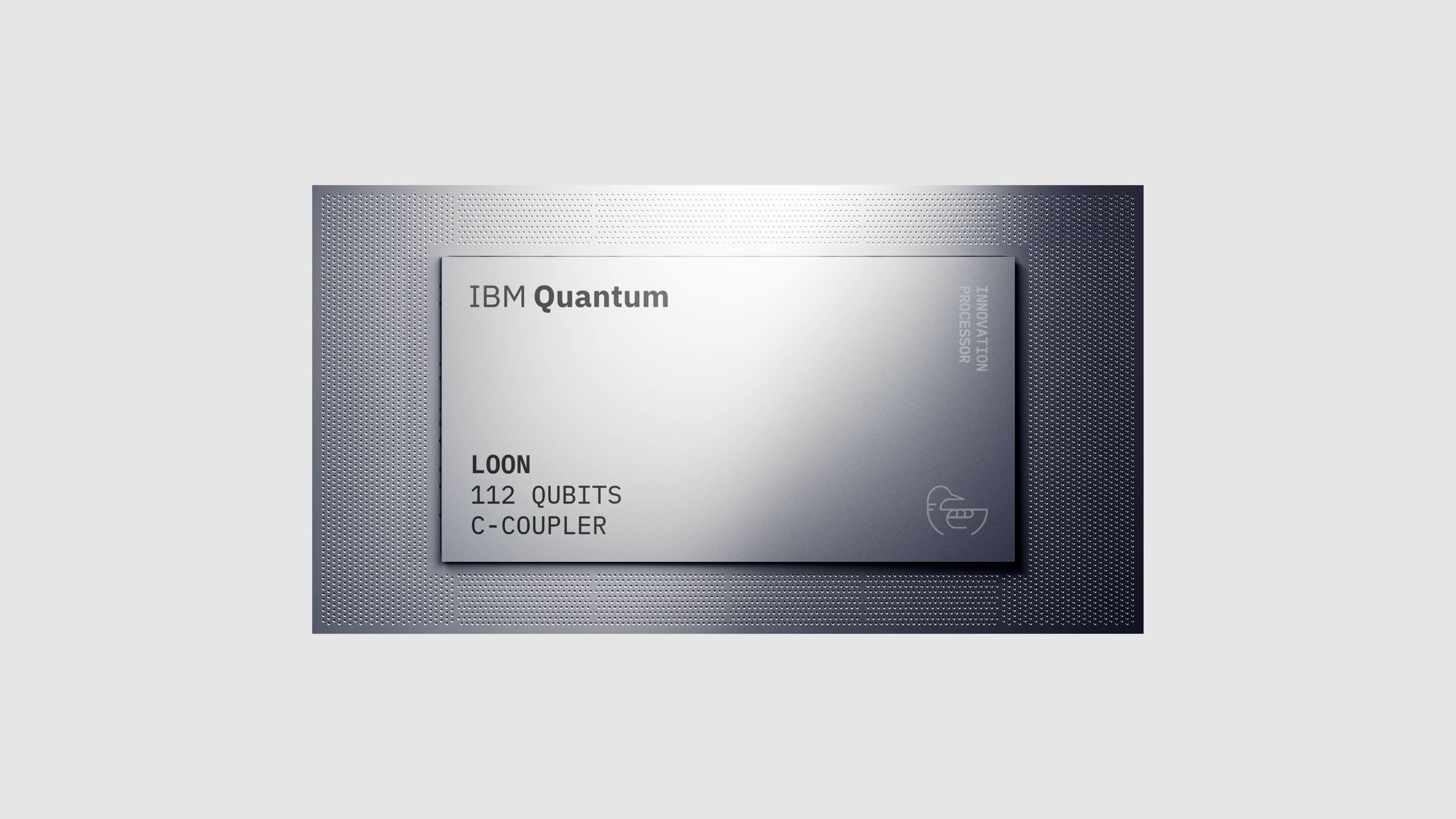
In a landmark announcement that signals a new chapter for high-performance computing, IBM has unveiled its next-generation quantum processors, “Nighthawk” and “Loon.” These chips are not merely incremental updates but represent a foundational shift toward making quantum computing a practical tool for solving real-world problems that are currently intractable for even the most powerful classical supercomputers.
This strategic move positions IBM to transition quantum technology from a purely experimental phase into a period of measurable utility and commercial application.
The centerpiece of this announcement is the Quantum Nighthawk processor, a 120-qubit chip engineered with 218 advanced tunable couplers. This sophisticated architecture increases the connectivity between qubits, forming a more robust and efficient square lattice.
The result is a system capable of executing quantum circuits with 30 percent greater complexity while maintaining critically low error rates. This enhanced capability will empower researchers to run more intricate simulations, tackling problems requiring up to 5,000 quantum gates by the end of 2025.
IBM projects a rapid scaling, with future Nighthawk iterations aiming for 15,000 gates by 2028, effectively opening the door to unprecedented computational scale.

Complementing the Nighthawk is the experimental Quantum Loon processor, which serves as a testbed for revolutionary error correction techniques. The Loon integrates long-range couplers and qubit-reset technology, key innovations for implementing advanced parity-check codes on hybrid quantum-classical systems.
Error correction remains the single greatest hurdle on the path to fault-tolerant quantum computing, and the Loon’s architecture is a direct assault on this challenge. Its development is crucial for building the reliable systems necessary for certified scientific and commercial breakthroughs.
To codify this progress, IBM has laid out an ambitious roadmap with specific, time-bound milestones. The company anticipates that the first instances of “verified quantum advantage,” where a quantum computer demonstrably outperforms the best classical methods on a useful task, will be confirmed by the global research community by the end of 2026.
To foster transparency and rigorous validation, IBM is collaborating with partners like Algorithmiq and the Flatiron Institute on an open, community-led quantum advantage tracker. This initiative is designed to systematically monitor and verify claims of quantum superiority, ensuring a robust and credible evolution of the field. The ultimate goal of fault-tolerant quantum computing, a system resilient to errors, is projected for realization by 2029.
The implications of this progress extend far beyond the laboratory. The ability to perform complex calculations involving thousands of stable quantum gates will accelerate discoveries in critical fields.
Pharmaceutical companies could dramatically shorten drug discovery timelines by simulating molecular interactions at an atomic level. Materials scientists could design novel compounds with tailored properties for energy storage or carbon capture.
Financial institutions could optimize complex trading portfolios and risk models in ways currently impossible. With the Nighthawk processor scheduled to reach IBM’s cloud-based users by late 2025, these industries are on the cusp of gaining access to computational power that redefines the possible.
“I’m proud that our team at Algorithmiq is leading one of the three projects in the new quantum advantage tracker. The model we designed explores regimes so complex that it challenges all state-of-the-art classical methods tested so far,” said Sabrina Maniscalco, CEO and co-founder, Algorithmiq. “We are seeing promising experimental results, and independent simulations from researchers at the Flatiron Institute validate its classical hardness. These are only the first steps – quantum advantage will take time to verify, and the tracker will let everyone follow that journey.” Source: IBM Investor Relations
“BlueQubit is proud to support IBM’s efforts to track quantum advantage claims and algorithms as quantum computers are entering a regime beyond classical,” said Hayk Tepanyan, CTO and co-founder, BlueQubit. “Through our work around peaked circuits, we are excited to help formalize instances where quantum computers are starting to outperform classical computers by orders of magnitude.” Source: IBM Investor Relations



